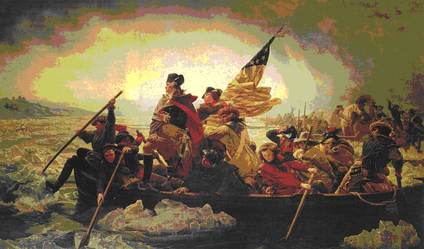Into the History
by Johnna McEntee
Hidden Dirk Mercantile – 18th century clothing reproductions
18th Century Cloaks – Part III
(continued from 18th century cloaks – Part II)
Cloaks were generally made of what was considered in the 18th century to be wool broadcloth, which was very tightly woven to that it would hold its edge well and be water-resistant. Lower class cloaks would almost always be unlined, and may or may not have included a hood, while more fashionable cloaks could be lined with fur or thick wadding.
not have included a hood, while more fashionable cloaks could be lined with fur or thick wadding.
Cloak hoods were cut generously to accommodate tall hairstyles, caps or hats and were sometimes adjusted with a drawstring. In many upper class cloaks the hoods would either be fully lined with silk, or lined partially on the outer edges where the hood interior would show. Some lower and middle class cloaks achieved a similar effect by trimming the outside edge of the hood with a silk binding.
Some cloaks had both a small cape and a hood attached to the neckline, where the collar could lay on the outside of the hood (as seen on the garment pictured right from the Metropolitan Museum of Art) or the inside of the hood and would be turned up against the neck for added warmth. Again, upper class examples show collars with the side that would be touching the skin made of silk.
Whether your cloak is short or long, wool or silk, red or gray, one of ours or one you make yourself – we hope you stay toasty warm this winter in a fashionable 18th century cloak of your own!

